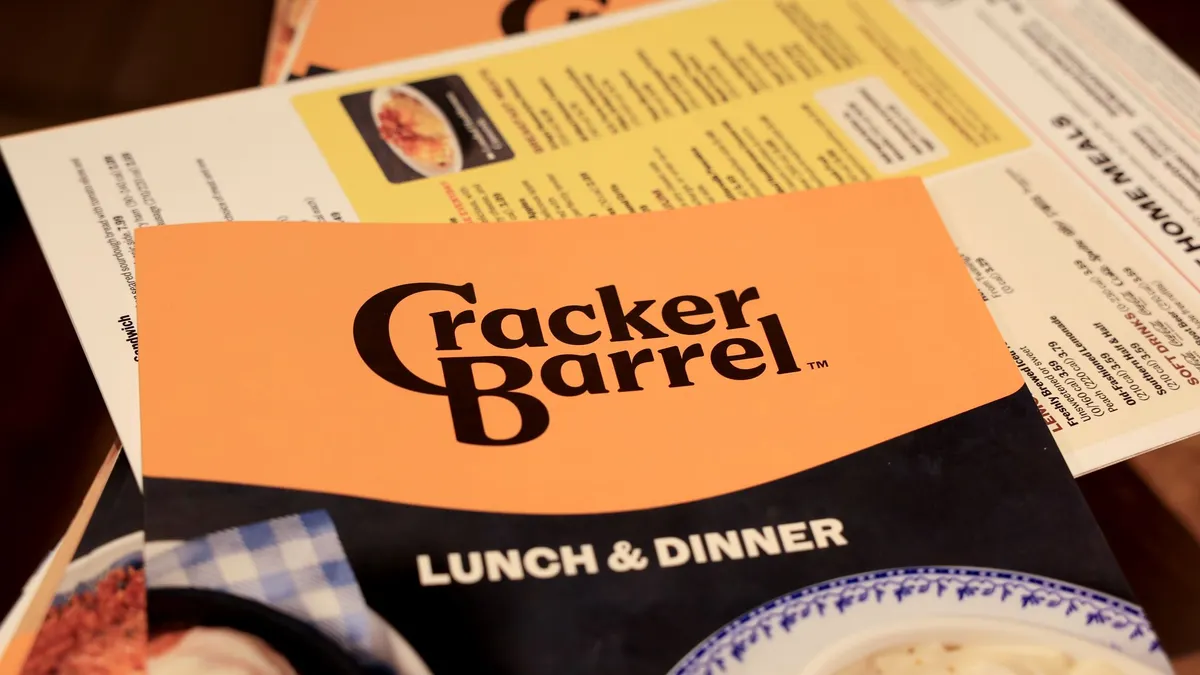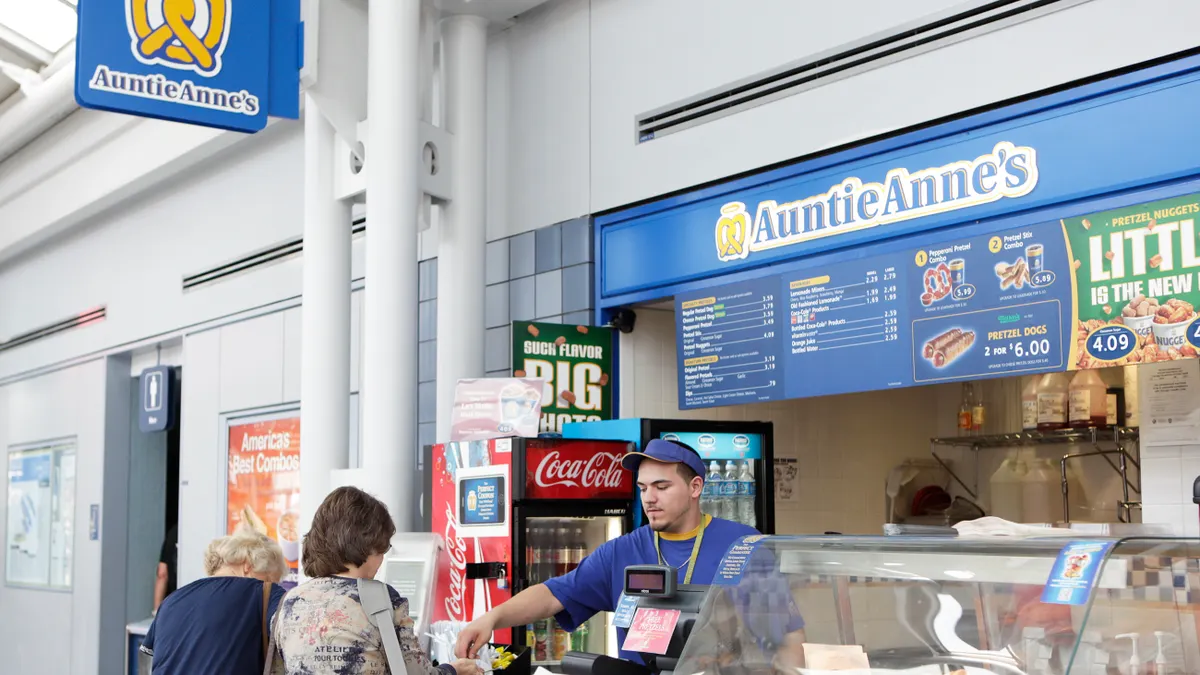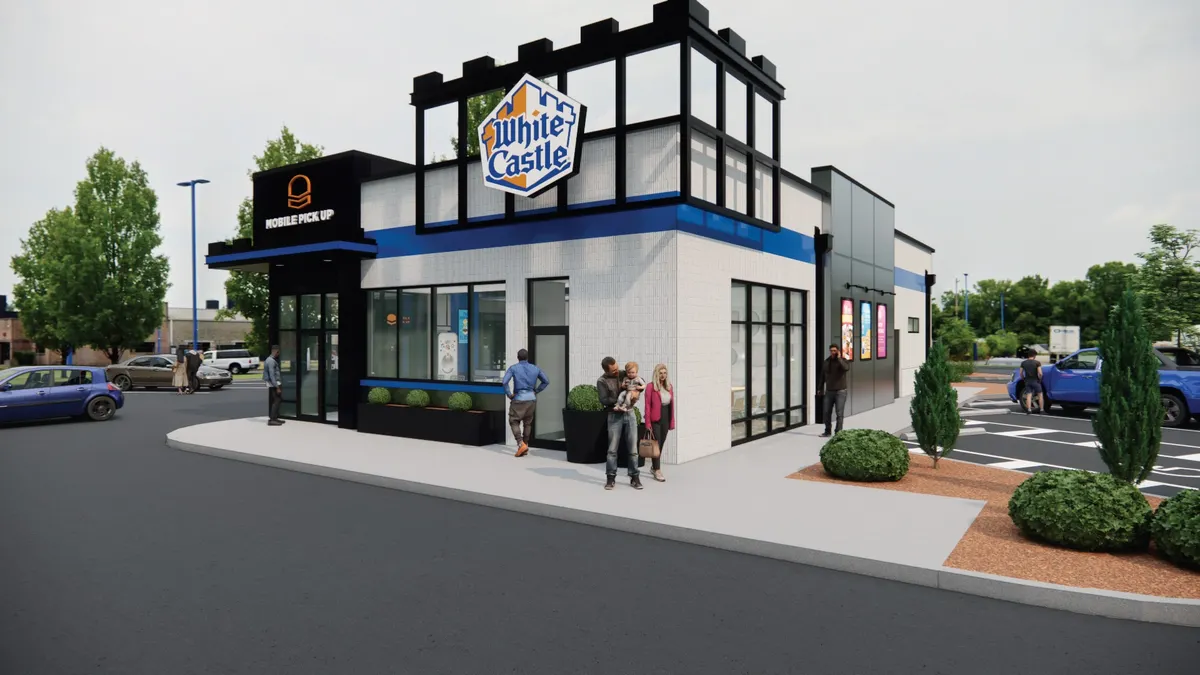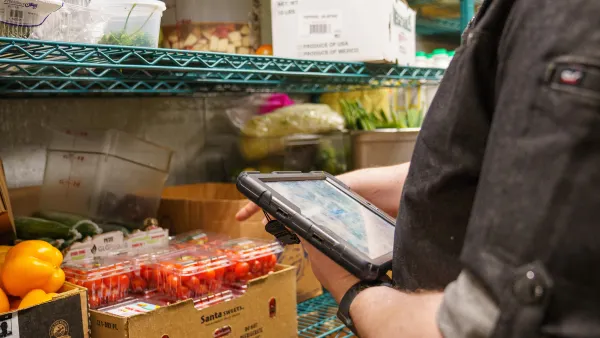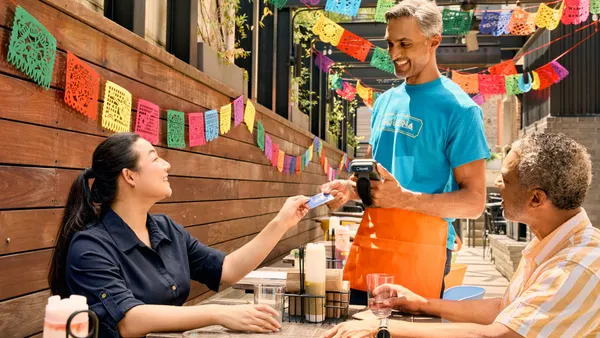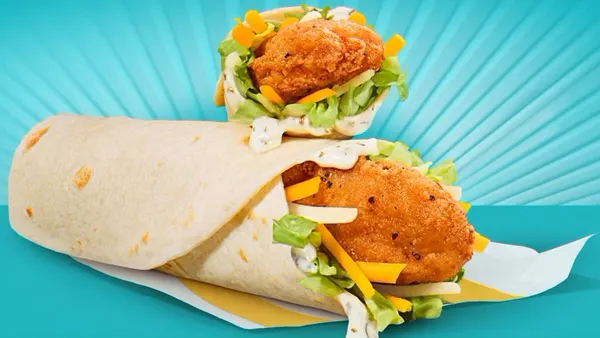As digital restaurant sales grow and consumers gain points of access to eateries via branded websites or third-party platforms, operators can now harvest more diner data than ever before. But deriving insights from this information is easier said than done, especially for independent restaurants whose technology spend may be limited as inflation and wage growth erode bottom lines.
“Very often third-party data aggregators are selling data for millions of dollars and small- and medium-sized businesses probably can’t afford that. … Start with your own data,” Asha Samal, head of data and artificial intelligence at Namer at NCR, said during an NRA show panel.
Small players can fall into the trap of assuming they can’t learn from their data pool without a powerhouse processing system, but there are steps any restaurant can take to start reaping data’s financial benefits, experts said at The National Restaurant Association Show in Chicago this past May.
“Don’t wait until you have a million dollars to spend on [data strategy]. You don’t need to have 100 technical vendors on your payroll to be able to do something with data,” Dan Gertsacov, an angel investor in restaurant technology and alum of Focus Brands, said. “Start with what you have, and what you have is a lot. Point-of-sales systems today, especially mobile ones, ones that are in the cloud, have a lot of data.”
Experts said restaurants should consider who their target diner base consists of and what assets are needed to drive return visits, higher spending and customer acquisition.
“You want to think about three things: what are the people, processes and tools that I need in place to meet … the strategy that I’ve put in place?” Katie Kirschner, vice president and global lead of hospitality consulting at NCR, said on the NRA Show panel.
Know your diner base
When evaluating customer characteristics, restaurants should examine the demographic and psychographic identifiers of top customers, which can be collected through a loyalty program’s point of sale, Gertsacov said, who also worked at a major McDonald’s franchise group.
For example, though McDonald’s top customers are adults, it found its best customers by examining a unique motivation among this demographic. This led the Golden Arches to target adults that want to give their children a treat, Gertsacov said, which yielded specific marketing opportunities.
In South America, for example, McDonald’s ran a campaign where customers could sign up for the chain’s loyalty program and enter their kid for a chance to walk on the soccer pitch with Lionel Messi, a famous Argentinian soccer player, Gertsacov said. Seventy-five thousand parents signed up for MyMcDonald’s Rewards as a result of the campaign, giving McDonald’s better access to the data of its top customers, he said.
It’s important to know how often your best customers engage with your brand, he said, and find marketing and culinary opportunities to increase visitation.
At indulgent concepts like Focus Brands’ Cinnabon, for example, a customer may only visit once a year as a treat. To double that frequency, Cinnabon shrunk the size of its signature soft pretzel offering into a “Cinnabites” option of pretzel pieces, Gertsacov said. Diners felt the smaller pieces were less of a splurge than the traditional pretzel, and therefore a product they could eat more often.
There are several paths to greater customer insight and engagement, however, Gertsacov said.
“You may not just want clicks, you may want impressions. You may not just want impressions. … You may want these consumers to share [something on social media]. That is really a virtuous cycle where you start to add more and more insight into your data strategy and your marketing strategy,” he said.
The next step? Investing in A-B testing through cell phone SMS and email to learn what motivates your best diners, whether that is discounts, experiences or new menu items, he said.
Know your personnel and technology needs
Even if a restaurant isn’t digitally robust, it’s crucial to digitize information about customer behavior to avoid drowning in unprocessed data, Kirschner said.
“Technology is going to enable you to go from good to great … whether you’re tracking [data] manually because you’re small and using an Excel sheet, or you can automate [data collection] even at a small level.”
An internal customer data platform doesn’t need to be complicated, Gertsacov said. But technology-enabled tracking — and processing — should be a priority anytime a restaurant company rolls out an initiative, deploys a new strategy or makes a management change, Kirschner said.
“You need a CDP — a customer data platform. This could be a Google Doc with a list of all your customers but you need to be able to host and also protect the information of your customer. That’s the starting point,” Gertsacov said. “Then there’s lots of ways to get email, marketing, promotions, loyalty that also provides that information. ... You have to continually clean your data (to make sure there aren’t duplicates).”
Gertsacov, in his presentations to executives, compares data strategy to driving a car.
“Everyone focuses on ‘I want to have a car like a sports car that can go from zero to 60’ or ‘I want to make sure it’s safe.’ But the first question is who is going to drive the car?” he said. “You can get yourself a Ferrari or a Lamborghini but if you don’t know how to drive a stick shift, it doesn’t matter.”
The “driver” of a restaurant’s data strategy doesn’t have to be a data scientist either, Gertsacov said. But it’s important the employee overseeing this division has strong analytical and storytelling skills to explain what the data means.
Strategy can start small
To avoid analysis paralysis when it comes to data processing, restaurants should remember “perfect is the enemy of good” and that baby steps can still drive powerful results, Gertsacov said.
For example, a practical data tactic for a restaurant of any size is learning what its top menu items actually are instead of relying on assumptions. In Latin America, McDonald’s defined what its best-selling ice cream was and listed it on its menu under “most popular.” This denotation sparked a 40% increase in sales, he said.
It’s important for restaurants, however, to ensure they don’t overburden their diners with data collection tactics, he said.
“Every time you add another [question] field, you are losing people that would have answered the basics. … Ask the basics and then give people a reason to share more,” he said.
For example, when consumers are signing up for McDonald’s loyalty program, the chain offers a premium where the customer can try the next burger innovation if they fill out additional information, Gertsacov said.
“People look for those signals and social proof. You can influence people’s decisions,” Gertsacov said








